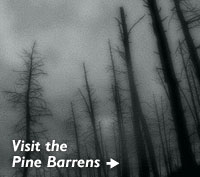Explore Friendship Bogs
 Pibbin’s adventures take place in the story world of Friendship Bog, but his bog is very much like the real bogs in Friendship, New Jersey. They are part of Wharton State Forest, in the New Jersey Pine Barrens, which is one of my favorite places in the world.
Pibbin’s adventures take place in the story world of Friendship Bog, but his bog is very much like the real bogs in Friendship, New Jersey. They are part of Wharton State Forest, in the New Jersey Pine Barrens, which is one of my favorite places in the world.
 Most people think of bogs as wet, mucky places with unusual plants and lots of moss. But the bogs at Friendship are old cranberry bogs that the beavers and frogs and other wildlife have reclaimed for their own.
Most people think of bogs as wet, mucky places with unusual plants and lots of moss. But the bogs at Friendship are old cranberry bogs that the beavers and frogs and other wildlife have reclaimed for their own.
If you were to walk along the edge of the bog, as Pibbin did, you probably would hear the song of a towhee like Chewink. A brown lizard like Skitter might dart away, across a log. You might even see a green snake like Miss Green.
Maple trees grow there, and cedars too, especially at the swampy end of the bogs.
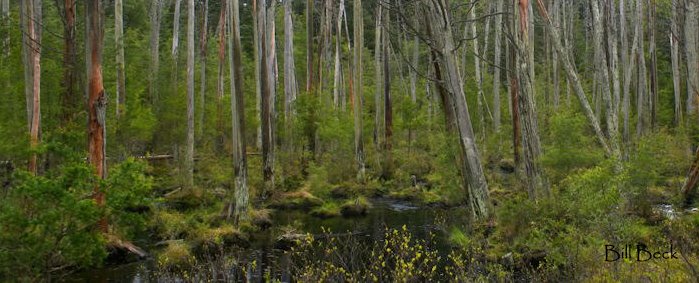
Most cranberry bogs look like big squared-off lakes because during the winter, farmers flood their bogs to keep the roots of the cranberry vines from freezing. Sandy dikes separate the bogs and allow the farmer to drive across them.
Once a bog is no longer being used, water seeps into it, sometimes from nearby rivers, and trees and shrubs grow thickly along its edges and across the dikes. Wild creatures move in to make their homes.
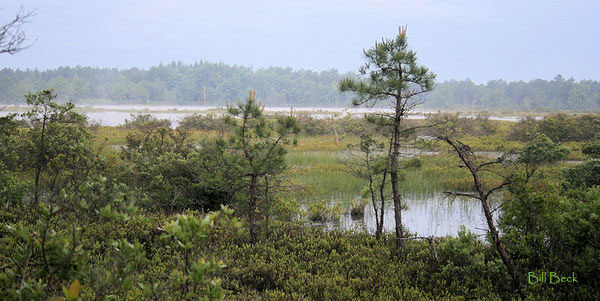
At Friendship Bogs, a few bits of wooden structures from cranberry-growing days still remain.
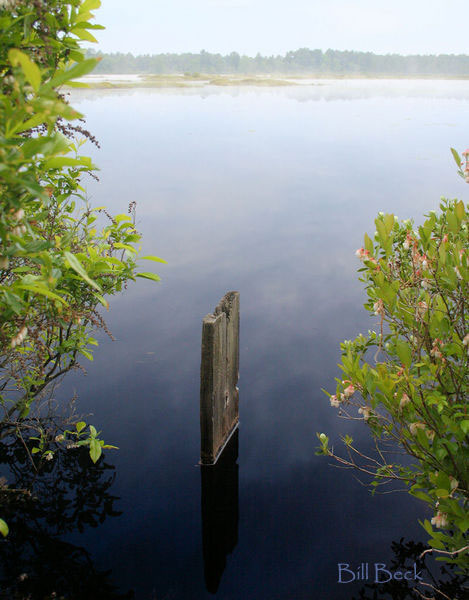
Not far away lie the crumbling ruins of a small town. Ragged stones are all that is left of the buildings in which cranberry workers lived and worked.
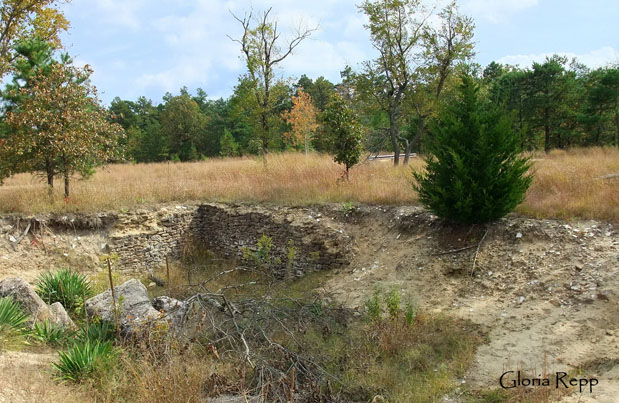

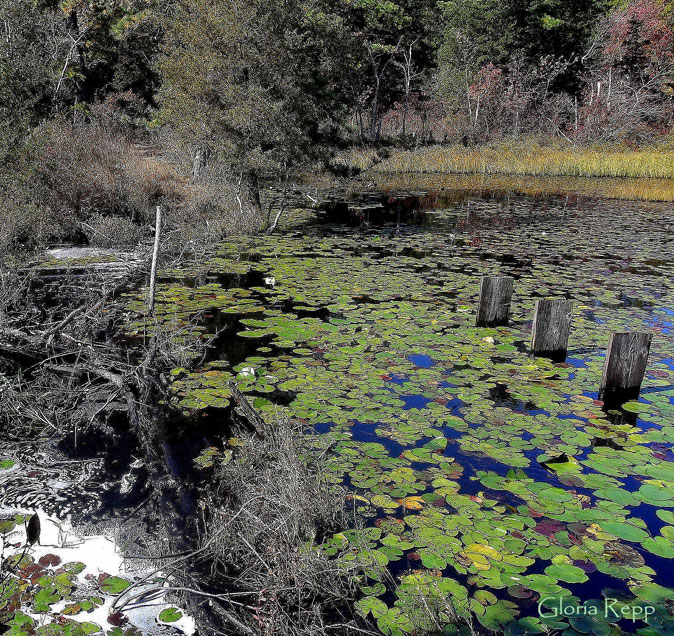
Frogs, of course, find the lily pads a good place to sit, but there’s nothing to see by the time you get there. Guess why!

Floating islands of leatherleaf shrubs give frogs another handy place in which to hide.
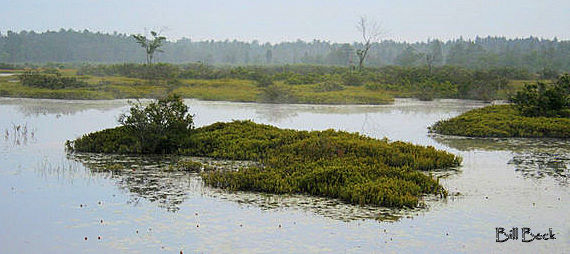
A warm spring evening is the time to listen for the mating calls of frogs.
Hundreds and hundreds of Carpenter Frogs live in this bog, and their hammering calls are almost deafening. They sound like a whole army of carpenters at work.

Wonk! Wonk! Wonk!

If you’re quick, you might see a Southern Leopard Frog, like Leeper, as he swims, and you’ll hear Spring Peepers on every side. Sometimes a Gray Treefrog, like Gaffer, will call with his melodic trill.

Near the bogs are pools that fill with water in the spring and become a gathering place for Peepers and Pine Barrens Treefrogs. The surrounding bushes ring with their calls.
When I stand at the edge of this lovely pool, I think that it must be just like the pool in which Pibbin was born.


